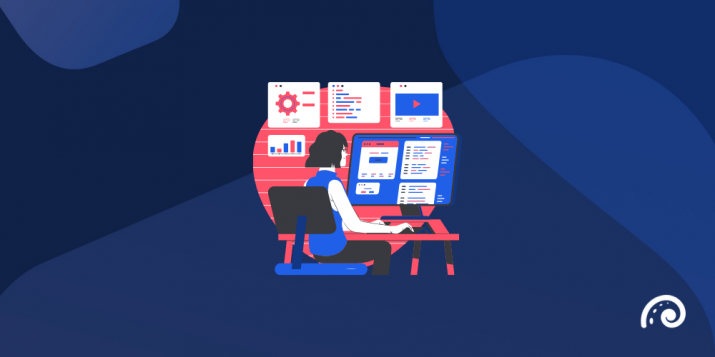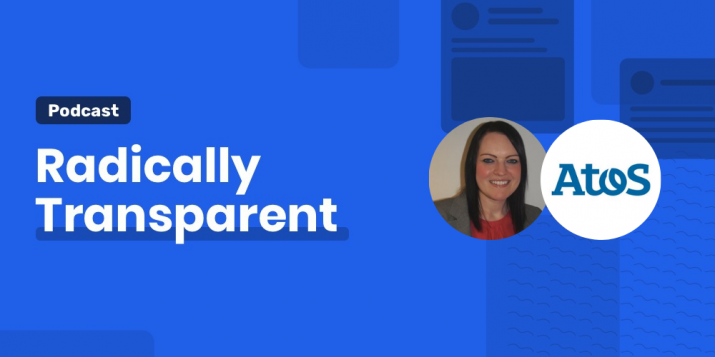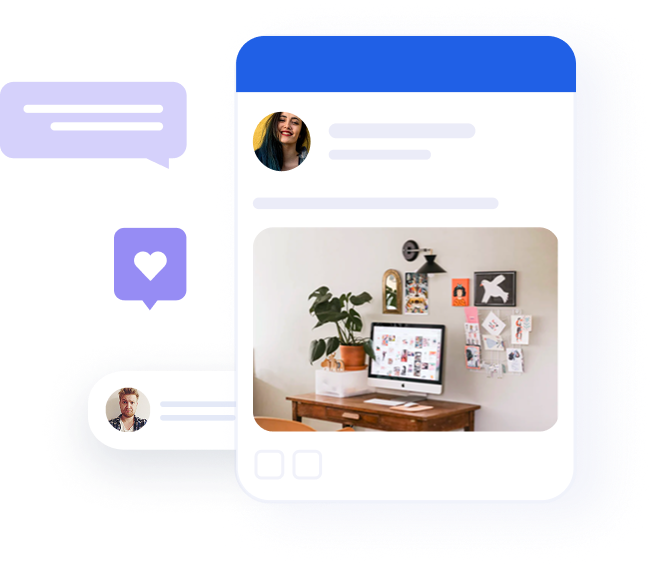
How to create a social media business continuity plan
Table of contents
As Benjamin Franklin once aptly put it, “By failing to prepare, you are preparing to fail.” The COVID-19 outbreak has severely impacted the global economy in ways not seen since the 2008 recession. It seems absurd, but even this time around, many companies were caught completely off guard across all departments – from operations to public relations.
As many as 24% of companies recently surveyed by Continuity Central admitted that they were just now starting to draft emergency operation plans. To make things even more worrying, 27% of businesses not only lack a basic business continuity plan, but aren’t making efforts to develop one. That’s potentially over half the market without emergency operations plans.
Whether you’re a “mom and pop” shop or a multinational conglomerate, COVID-19 made it clearer than ever that you need to have a well-developed plan ready to ensure your business survives the crisis. Not only that, but it’s critical that you have a strategy in place to communicate your plans and actions to your clients and partners in an effective manner.
Social media offers a multi-functional and useful channel for communication. Especially in today’s increasingly connected world, the smart implementation of social media in your business continuity plan can make or break a business. But how does social media fit into a business continuity plan? And why does social media hold the potential to be your saving grace? Before we can answer these questions, it’s worth understanding exactly what a business continuity plan is.
What is a business continuity plan?
A business continuity plan (BCP) is an outline of your business strategies to ensure continued productivity, minimal damage, and quick recovery during a national disaster or emergency. BCPs are designed to identify your organization’s pain points and weaknesses, as well as the critical infrastructure necessary to ensure continued operations.
What is an emergency or disaster? You may think these are limited to wars and pandemics, but equally as dangerous (and thus considered emergencies) are cybersecurity hacks, intentional sabotage, and utility failures, among others.
In these potentially catastrophic situations, every second of downtime to your company can become extremely costly. Each situation will require its own plan to weather the storm of uncertainty, so don’t create a single plan for all situations. Ideally, you need organized and well-developed plans that will take into account the unique limitations each possible situation introduces and its impact on your business.
There are three main aspects that every BCP must have: potential threats and methods to counteract those threats, processes, and, most importantly, who is in charge of each. Every process and the people involved should be well-documented and organized so that they can be shared easily, with each section clearly marked. There is an 8-step process for developing your business continuity plan, and although it sounds arduous, it is worth taking the time to do it right.
Once you have worked with your teams to create your business continuity plan, you can’t neglect one of the most important parts of this plan: communicating business continuity to clients and investors. Communication channels are paramount, and the advent and expansion of social media’s global reach have made the solution a bit more straightforward than in the past.
Social media in times of crisis
At its core, social media is an interaction. It’s your channel to personally connect with your customers, employees, and partners, potential and current. The place to ensure that as many of their fears are heard and assuaged as possible. Simply because social media is where everyone is in 2020.
Social media activities during a crisis are typically categorized into three primary services: customer service, crisis communications, and ongoing activities such as lead generation. Each merits its own section in your business continuity plan.
1. Customer service
Crises can cause a complete paradigm shift in what is and isn’t possible in terms of providing customer service. At such times, social media can offer a relatively inexpensive and straightforward way to give the bare minimum of service.
One of the simplest methods of doing so is a chatbot. This robot can be implemented on your company website, on Facebook, and on other sites that allow the creation of an account or a robot designed to offer customer support. Scripting frequently asked questions and directing requests to the appropriate teams and employees can save a significant amount of time and resources for everyone involved.
2. Crisis communications
Beyond providing support, social media has an even more critical role in executing your BCP during a crisis. That is being the conduit to communicate your continuity plan to customers, partners, investors, and your employees. Your company’s communicators do not need to know the BCP inside and out to be an effective source of information.
They need to be familiar with the plan enough to convey essential information to every relevant set of eyes they can. To make this happen, it’s essential that you establish clear instructions and effective communication channels to ensure that messages are communicated accurately and with minimal confusion.
3. Lead generation and ongoing activities
The entire world may be stuck at home for nearly two months, but that doesn’t mean business grinds to a halt. For many industries, it is quite the contrary. With more people at home, the consumption has shifted almost fully to digital channels. People are still shopping from their mobiles, and businesses are still closing deals over video calls.
One of the essential resources in your social media management toolkit is your social listening strategy. Without it, it would be impossible to get the exact lay of the land in terms of your social outreach and brand perception. Data and sentiment gathered from social media can serve as a litmus test to discern in which direction the proverbial wind is blowing.
Recommended for further reading
Continuing business on social media
There’s no doubt that maintaining your social media channels and engaging your audience during a crisis is of great importance. But how can one plan a social media strategy for the worst?
There are three focal points to a social media business continuity plan: operations, internal communications, and your brand’s messaging and content.

1. Operations
Like any other aspect of your business, social media operations during a crisis are different from normal operations. Your business continuity plan needs to account for that. For example, what happens if your Facebook page suddenly becomes the focal point for customer service? What do you do if you suddenly have no access to your in-house graphics team?
Your social media business continuity plan should detail all the processes and tools necessary to maintain continuous operations. This includes training your teams, acquiring the essential tools, and establishing relationships with third-party service providers who can assist in a pinch. It works both ways.
Some social media content production tasks may need to shift hands. Employees may execute activities you might have previously outsourced to 3rd-party providers or vice versa, whether it’s graphics work, editing, posting, or even data analysis for your ad campaigns.
2. Internal communications
The walls talk… That adage applies even more when there are no walls and only emails and chat groups connecting employees to each other. In any crisis, communicating the message to the world must be swift, concise, and effective.
One of the most damaging things you can do to your company during a crisis is to be unprepared for how you are communicating your business continuity plan on social media. What’s more, every second your clients and investors are in the dark without a clue is another few cents knocked off the stock price. Those will start adding up very quickly.
More than anything, it is crucial that everyone understands their role and has a clear understanding of the information flow. In addition, having a unified platform for internal communications, preferably one that saves endless email chains, can be a huge plus and minimize confusion.
3. Messaging and content
Whether you’re in the midst of global armageddon or a devastating cyberattack scandal, your regular day-to-day social media routine is about to be deep-sixed. You need to be prepared to disregard all previous assumptions and targets and reevaluate everything related to your brand.
The content you create needs to reflect the times, but you need to find a way to continue engaging your followers on social media. This is not an easy balancing trick to execute and demands high agility and speed. Having to shift your messaging and content at a moment’s notice requires short turnaround times for copy and content production.
COVID-19 has provided numerous examples of creative social media messaging and content. Among them is Vodafone España with a simple but elegant guide on Twitter instructing followers on mobile phone hygiene.
Conclusion
Desperate times call for calculated measures. The Coronavirus pandemic has thrown many organizations, unprepared for such situations, into damage-control mode. This is also true for social media management and marketing.
The role of social media in communicating business continuity during a crisis is crucial. No less important is its role in maintaining business continuity through lead generation and service via social media channels.
More than ever, today we see that agility, coordination, and collaboration within the organization are key to defining and executing a business continuity plan. And by “having your ducks in a row” with a BCP that includes all aspects of social media operations and activities in times of crisis, you can stay ahead even in the hardest of times.




